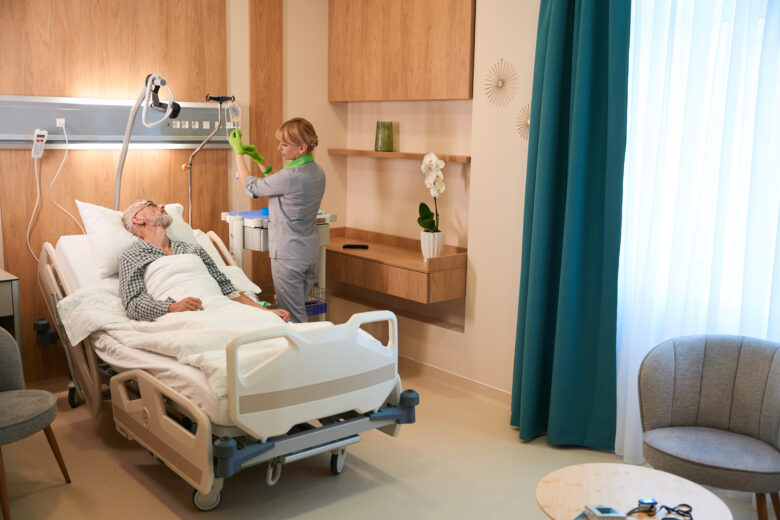Studies show that the demand for healthcare has surged in recent years. This uptick comes from an ever-growing range of communicable illnesses, a rise in chronic medical conditions, and several other factors. Based on some reports, more than 140 million people visit hospital emergency departments each year in the United States, and well over 34 million are admitted to hospitals.
Quality healthcare can make a significant difference in patients’ outcomes. It tends to shorten their hospital stays, reduce readmission rates, and improve their recovery times to list a few of its benefits. Several factors come into play when determining the effectiveness of patient care from the training and experience of doctors and nurses to adequate staffing and using the latest medical technology.
Understanding the Importance of Quality Furniture
Healthcare furniture can make a major difference as well. It’s one of the most overlooked aspects of the medical sector, but it’s also one of the most crucial. Consider some of the reasons why it’s important for medical facilities to buy healthcare furniture that’s designed with the needs of patients, visitors, and medical professionals in mind.
Improved Comfort
For one, healthcare furniture can help make patients more comfortable. Many patients experience heightened levels of discomfort when they’re in the hospital whether they’re suffering from serious illnesses or recovering from surgeries or injuries. Having uncomfortable furniture can cause even more distress. It may make patients less willing to get out of their beds and move around, which is often essential for recovery. If the furniture in their hospital rooms is designed for maximum comfort, though, it may have the opposite effect.
Increased Safety
Safety is another factor to consider when choosing healthcare furniture. Furniture with hard surfaces and sharp edges can pose dangers for patients. Pieces that slide too easily or are flimsy or unstable can be even more risky. It’s essential for hospital furniture to be sturdy and stable. It should be designed to minimize the risks of injuries rather than increasing them. Smooth edges, soft surfaces, and secure bases are crucial for patients’ safety as well as that of their visitors.
Cleanliness and Sanitization
Cleanliness and sanitization are essential aspects as well. Furniture for hospitals and other healthcare facilities needs to be resistant to stains and easy to clean. That way, it’ll continues to look like new for as long as possible.
Beyond basic cleanliness, furnishings need to be easy to sanitize. Healthcare furniture is exposed to countless pathogens, all of which can be spread from one patient to another and to visitors and medical personnel. As such it’s important to be able to control those microorganisms and minimize any seams and crevices where they may hide. In addition to pathogens, healthcare furniture needs to be designed to minimize the risks of parasite infestations, such as bed bugs, lice, and fleas.
Durability
Durability is likewise a key factor when selecting furniture for healthcare facilities. Furniture is subjected to constant use in hospitals and clinics. If it’s poorly built, it can easily succumb to wear and tear. On the other hand, if it’s constructed well and built to withstand ongoing use, it’ll last longer. That, in turn, can save healthcare facilities a great deal of money over time and potentially prevent injuries along with many other benefits.
Choosing Furniture for Healthcare Facilities
Many people overlook the significance of furniture in quality healthcare. It actually plays several key roles in this regard, though. It can make patients more comfortable, which may foster their healing. It can also improve safety in healthcare facilities and reduce the potential for spreading illnesses, infections, and parasites. Healthcare furniture needs to be functional and aesthetically appealing while keeping the distinct needs of patients and medical facilities in mind.














Leave a Reply